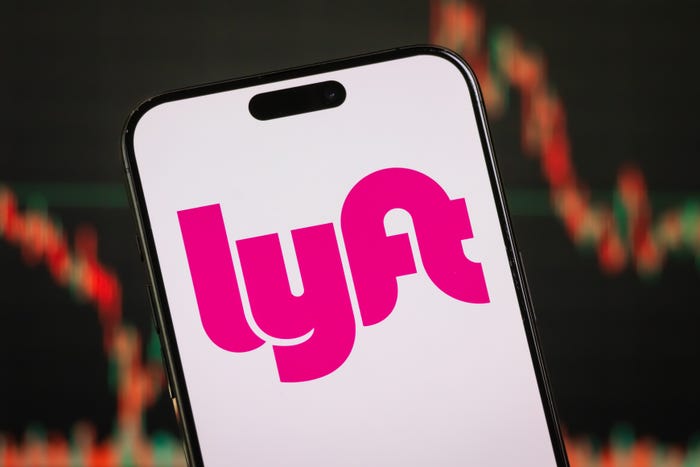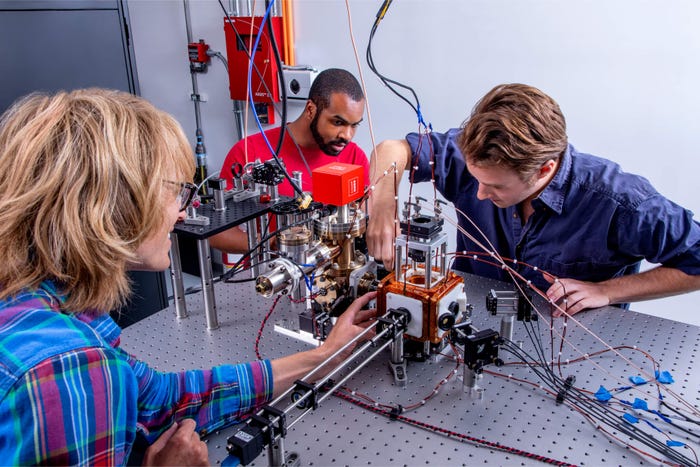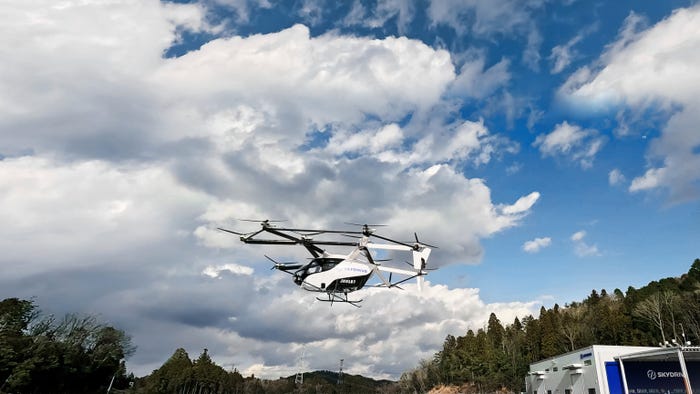Cruise to Cut Self-Driving Taxi Fleet in Half After CrashesCruise to Cut Self-Driving Taxi Fleet in Half After Crashes
Cruise will have no more than 50 of its modified Chevrolet Bolt autonomous vehicles operating during the day and a max of 100 at night
.png?width=1280&auto=webp&quality=95&format=jpg&disable=upscale)
Cruise has agreed to reduce its fleet of self-driving taxis in San Francisco by 50% following an intervention by state authorities.
The company, a subsidiary of General Motors, adhered to the request from the California Department of Motor Vehicles following two recent crashes in the city.
Cruise will now have no more than 50 of its modified Chevrolet Bolt autonomous vehicles (AVs) operating during daylight hours, and a maximum of 100 in service at night.
In a statement that was issued to the Associated Press, it was confirmed: “The DMV is investigating recent concerning incidents involving Cruise vehicles in San Francisco.”
It added: “Safety of the traveling public is the California DMV’s top priority. The primary focus of the DMV’s regulations is the safe operation of autonomous vehicles and safety of the public who share the road with these vehicles.”
The collisions in question happened on the same evening, Thursday, Aug. 17. Surveillance footage of one shows a Dodge plowing into the side of a Cruise vehicle, which was empty, at the intersection of San Francisco’s Mission and 26th Streets.
The second incident saw one of the firm’s self-driving taxis and a fire truck come into contact, with a rider in the driverless Cruise taxi subsequently taken to hospital with minor injuries.
Cruise addressed the incident on a blog post on its website and also on X, formerly known as Twitter.
Greg Dietrerich, general manager of Cruise’s San Francisco operation, said several factors added complexity to the incident with the fire truck, which happened at the intersection of Polk and Turk Streets, including the fact that the location is “significantly occluded by buildings, meaning that it is not possible to see objects around the corner until they are physically very close to the intersection.”
Although the Cruise AV was able to chart the fire truck’s path, he added that the scenario was complicated by the fact that the emergency vehicle was in the oncoming lane of traffic and had gone through a red light.
And he claimed: “The Cruise AV did identify the risk of a collision and initiated a braking maneuver, reducing its speed, but was ultimately unable to avoid the collision.”
The DMV’s decision to investigate the crashes and ask Cruise to remove some of its vehicles does not come at a great time for the company.
On Aug. 10, along with rival Waymo, it was given permission by the California Public Utilities Commission (CPUC) to extend its operation in San Francisco after a lengthy hearing that saw many locals express their objections to self-driving taxis because of a string of issues that have occurred during their rollout, including traffic holdups and delays for first responders.
CPUC’s verdict to allow Cruise to charge for driverless rides 24/7 was based on the premise that AVs have the “potential to increase safety,” but has not gone well with many. Already the city attorney David Chiu has filed a motion requesting the rollout be paused, saying: “We have seen that this technology is not yet ready, and poor AV performance has interfered with the life-saving operations of first responders. San Francisco will suffer serious harms from this unfettered expansion.”
Now, following the DMV intervention, Cruise has been forced on the backfoot to defend itself – just as it is expanding into a number of other cities, with Charlotte, North Carolina the latest.
“During the course of more than three million miles of fully autonomous driving in San Francisco we’ve seen an enormous number of emergency vehicles – more than 168,000 interactions just in the first seven months of this year alone,” Dietrerich concluded.
“We realize that we’ll always encounter challenging situations, which is why continuous improvement is central to our work. We will continue to work in partnership with regulators and city departments on EMV interactions to reduce the likelihood of incidents like these happening again.”
About the Author
You May Also Like








